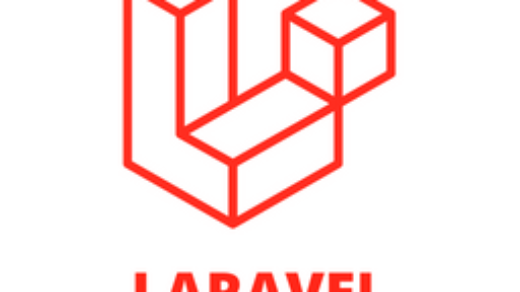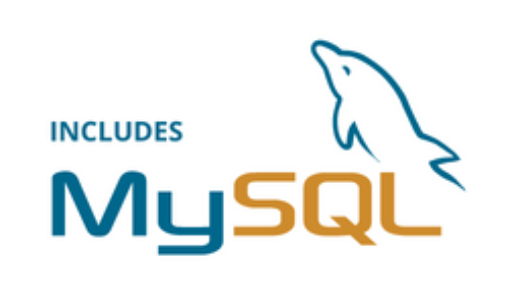Of course, PowerShell benefits, it is a cross-platform task automation solution made up of a command-line shell, a scripting language and a configuration management framework. In PowerShell, you can run commands on local or remote machines. Whether you’re part of an operations team or a development team that’s adopting DevOps principles, PowerShell can help. You can use it to address various tasks such as managing cloud resources and continuous integration and continuous delivery (CI/CD). PowerShell offers many helpful commands but you can expand its capabilities at any time by installing modules. Finally, you can run PowerShell runs on Windows, Linux, and macOS.
What is Windows PowerShell?
Accordingly, Microsoft built this cross-platform command-line shell and scripting language for task automation and configuration management. You can do tasks like managing users and automating workflows.
PowerShell consists of two parts: a command-line shell and a scripting language.
Thus, Windows PowerShell consist of the followings.
Command-line Shell
PowerShell is a modern command shell that includes the best features of other popular shells. Unlike most shells that only accept and return text, PowerShell accepts and returns .NET objects. The shell includes the following features.
- Robust command-line history
- Tab completion and command prediction
- Supports command and parameter aliases
- Pipeline for chaining commands
- In-console help system, similar to Unix man pages
Scripting Language
As a scripting language, PowerShell is commonly used for automating the management of systems. It is also used to build, test, and deploy solutions, often in CI/CD environments. PowerShell is built on the .NET Common Language Runtime (CLR). All inputs and outputs are .NET objects. No need to parse text output to extract information from output. The PowerShell scripting language includes the following features.
- Firstly, Extensible through functions, classes, scripts, and modules
- Secondly, Extensible formatting system for easy output
- Thirdly, Extensible type system for creating dynamic types
- Then, Built-in support for common data formats like CSV, JSON, and XML
Why Use Windows PowerShell?
In Summary, Windows PowerShell a command-line shell and scripting language that help users to automate tedious or time-consuming administrative tasks. Here are some the key points that can create the importance that why Use Windows PowerShell?
1. Automation:
Firstly, using Windows PowerShell, you can chain up multiple PowerShell cmdlets to perform PowerShell automation for time-consuming tasks. For instance, you can use cmdlets like Get-Command to search for all cmdlets available on your computer. Similarly, you may use Get-Help to discover cmdlet’s syntax and their uses. Further, you can also use Invoke-Command to run a common script locally or remotely, even with batch control.
- It can interact with a different number of technologies.
- Windows PowerShell allows complete access to all the types in the .NET framework.
- PowerShell is object-based.
- Many interfaces of GUI that Microsoft designed for its various products are front end interfaces to PowerShell.
- It is more secure than running VBScript or other scripting languages.
- It allows performing repetitive tasks more efficiently by combining multiple commands and by writing scripts. Suppose, a system administrator wants to create hundreds of active directory users, he can achieve this with the help of only some PowerShell cmdlets placed in a script.
- You can automate many complex and time-consuming configurations and tasks in a second with simple cmdlets of PowerShell.
2. Integration:
PowerShell integrates with other Microsoft technologies, such as Active Directory, Exchange, and SharePoint. This allows you to manage these technologies from a single location, simplifying administration.
3. Scripting:
PowerShell provides a powerful scripting language that allows you to create scripts to automate tasks and perform complex operations.
4. Remoting:
PowerShell allows you to remotely manage Windows servers and workstations, making it easy to manage systems from a central location.
5. Extensibility:
PowerShell is highly extensible, with a large library of modules and scripts available for download from the PowerShell Gallery.
PowerShell Documentation
Finally, you can read official PowerShell Documentation from the link given below.
Windows PowerShell Tutorial
Additionally, You can read useful Windows PowerShell Tutorial.



